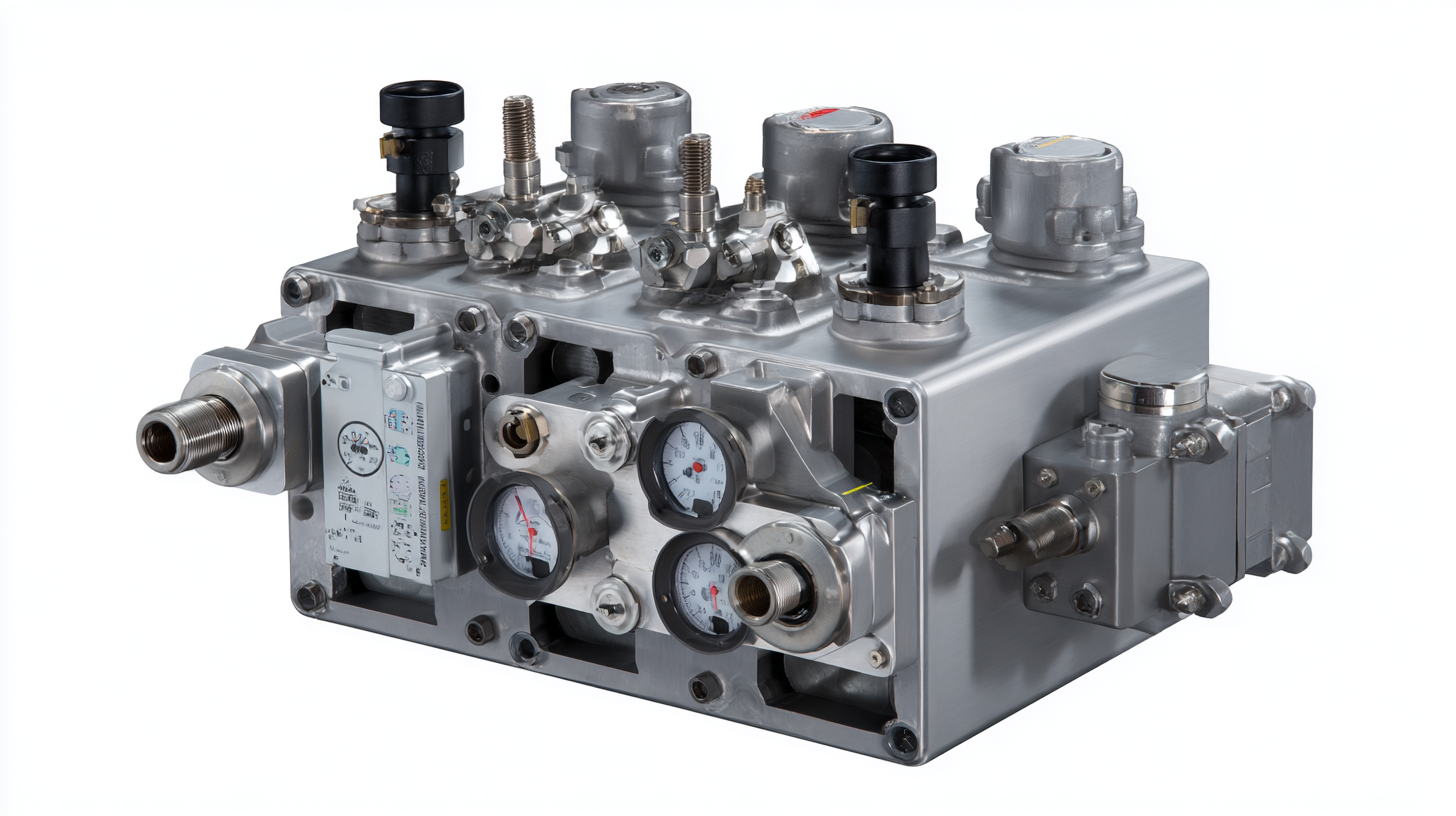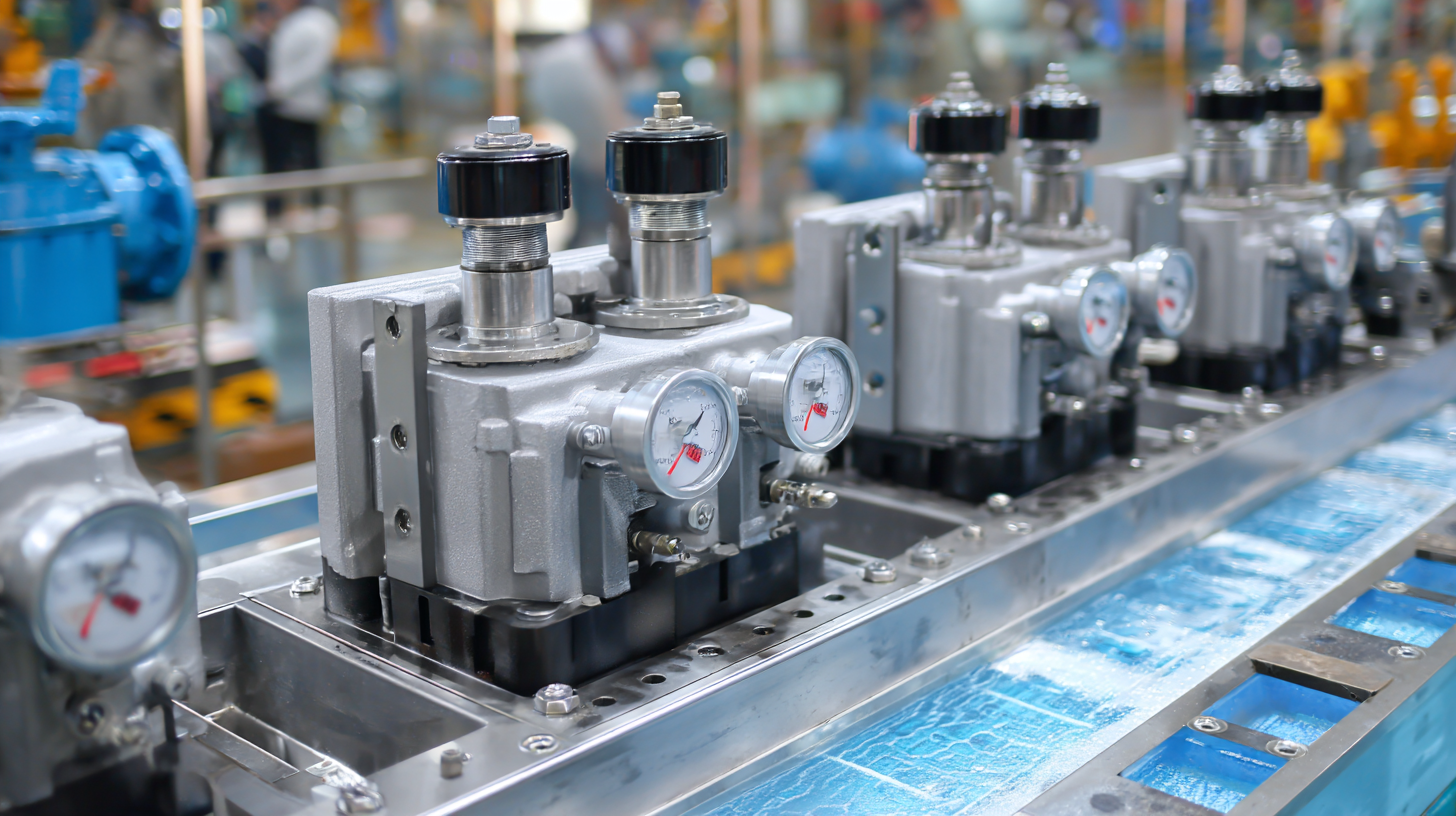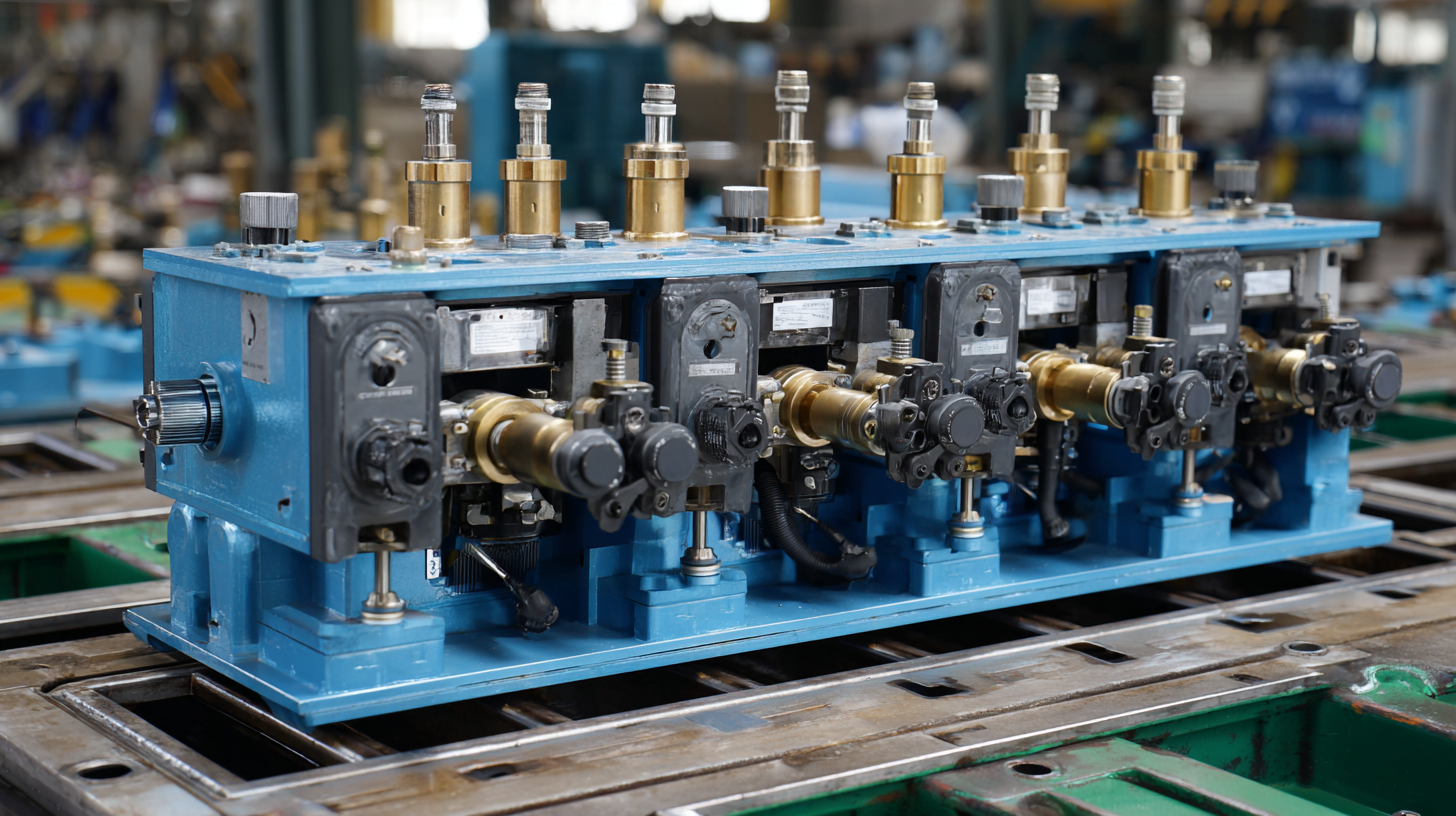Comprehensive Solutions for Optimizing Hydraulic Pressure Control Valve Performance
In the realm of fluid power systems, the Hydraulic Pressure Control Valve serves as a pivotal component that ensures optimal operation and efficiency across various applications. According to a recent market research report, the global hydraulic valve market is expected to experience significant growth, surpassing $12 billion by 2026, driven by increasing demand for automated and precise control systems in industrial machinery. This trend highlights the crucial role of Hydraulic Pressure Control Valves in maintaining system reliability and performance. In light of this, manufacturers and engineers are increasingly seeking comprehensive solutions to enhance the functionality, responsiveness, and durability of these valves. By focusing on advanced technologies and innovative strategies, industries can effectively optimize hydraulic systems, reducing energy consumption while maximizing output efficiency. This blog aims to explore actionable insights and cutting-edge solutions tailored to improve Hydraulic Pressure Control Valve performance, thus addressing the evolving demands of modern hydraulic applications.

Key Factors Influencing Hydraulic Pressure Control Valve Efficiency
Hydraulic pressure control valves play a crucial role in ensuring the efficiency and reliability of hydraulic systems. Several key factors influence the performance of these valves, directly impacting their efficiency. One major factor is the valve sizing; an incorrectly sized valve may lead to pressure drops that hinder system performance. It's essential to carefully calculate the flow requirements to select the right valve size to enhance responsiveness and stability.
Another important aspect is the material and design of the valve components. High-quality materials that can withstand corrosion and wear can significantly improve longevity and reliability. Regular maintenance is also pivotal; a well-maintained valve operates more efficiently. Make it a point to inspect your hydraulic systems routinely for leaks or blockages, as these can severely affect performance.
Tips for Optimization: Ensure proper installation, as incorrect alignment can lead to uneven pressure distribution. Consider the use of adjustable valves to fine-tune system performance based on varying load conditions. Lastly, don’t overlook the importance of fluid cleanliness; contaminants can drastically reduce valve efficiency and lifespan, so implement a robust filtration system.
Types of Hydraulic Pressure Control Valves: A Comparative Analysis
 Hydraulic pressure control valves play a crucial role in optimizing fluid power systems across various engineering applications, including transportation, heavy industry, and robotics. Understanding the different types of hydraulic pressure control valves is essential for selecting the right system for specific operational needs. A comparative analysis reveals that conventional independent metering valve systems, while widely used, tend to be less efficient due to energy losses associated with throttling and pressure drops. Recent studies indicate that enhanced designs, such as innovative directional control valves incorporating computational fluid dynamics (CFD) analysis, can significantly reduce pressure drop in individual flow paths, leading to improved overall system efficiency.
Hydraulic pressure control valves play a crucial role in optimizing fluid power systems across various engineering applications, including transportation, heavy industry, and robotics. Understanding the different types of hydraulic pressure control valves is essential for selecting the right system for specific operational needs. A comparative analysis reveals that conventional independent metering valve systems, while widely used, tend to be less efficient due to energy losses associated with throttling and pressure drops. Recent studies indicate that enhanced designs, such as innovative directional control valves incorporating computational fluid dynamics (CFD) analysis, can significantly reduce pressure drop in individual flow paths, leading to improved overall system efficiency.
Moreover, the adoption of advanced electro-hydraulic actuators (EHAs) is transforming the performance landscape of hydraulic systems. These systems, which feature fixed-displacement hydraulic units, exhibit superior responsiveness and energy efficiency, diminishing dependency on traditional control methodologies. Research has shown that implementing pressure feedback in systems like hydraulically actuated cranes can enhance precision and effectiveness in closed-loop operations. As the industry's need for energy-efficient solutions grows, understanding the comparative advantages of various hydraulic pressure control valves becomes imperative for engineers and manufacturers striving to optimize performance in their applications.
Performance Metrics for Evaluating Hydraulic Valve Optimization
 Evaluating the performance of hydraulic pressure control valves is crucial for ensuring optimal operation in various applications.
Performance metrics serve as a robust framework for assessing how well these valves function under different conditions. Key metrics include response time, accuracy of pressure regulation, and control stability. By measuring these factors, engineers can identify areas for improvement, ensuring that the valves meet the required specifications and operate efficiently throughout their lifecycle.
Evaluating the performance of hydraulic pressure control valves is crucial for ensuring optimal operation in various applications.
Performance metrics serve as a robust framework for assessing how well these valves function under different conditions. Key metrics include response time, accuracy of pressure regulation, and control stability. By measuring these factors, engineers can identify areas for improvement, ensuring that the valves meet the required specifications and operate efficiently throughout their lifecycle.
Another important metric is the flow coefficient, which quantifies the valve's ability to allow fluid passage at a given pressure drop. A higher flow coefficient indicates better performance, which is essential for systems that require precise pressure control.
Furthermore, durability and maintenance requirements should also be considered in performance evaluations. Monitoring these metrics not only helps in fine-tuning the valves for better efficiency but also extends their operational lifespan, reducing downtime and maintenance costs in the long run.
Innovative Technologies Enhancing Hydraulic Pressure Control Systems
Innovative technologies are revolutionizing hydraulic pressure control systems, leading to significant enhancements in their performance and efficiency. Recent industry reports reveal that advancements in smart sensor technology have enabled real-time monitoring and control of hydraulic systems, improving responsiveness and accuracy. According to a study by the International Fluid Power Society, integrating smart sensors can reduce hydraulic pressure fluctuations by up to 30%, enhancing system stability and operational lifespan.
Moreover, the incorporation of advanced materials and coatings in valve manufacturing is optimizing durability and reducing maintenance costs. For instance, a report from the Hydraulic Institute indicates that using specialized wear-resistant materials can increase the lifespan of hydraulic pressure control valves by approximately 40%. These innovations not only contribute to lower operational costs but also improve energy efficiency, with studies showing that modernized systems can achieve up to 25% energy savings compared to traditional setups. As the industry continues to embrace these innovations, the potential for enhanced performance in hydraulic pressure control valves is more promising than ever.
Common Challenges in Hydraulic Pressure Control Valve Implementation
Hydraulic pressure control valves are crucial components in systems that rely on fluid power. However, their implementation often comes with various challenges that can impede performance and efficiency. According to a report by the International Journal of Fluid Power, approximately 30% of hydraulic systems exhibit suboptimal pressure control due to valve-related issues. Common challenges include improper sizing, which can lead to excessive wear and reduced system longevity, and the lack of adequate filtration that increases the risk of contamination, resulting in valve sticking or failure.
Another significant hurdle is the calibration process. Inaccurate calibration can cause pressure fluctuations that not only affect system performance but also compromise safety. The Hydraulic Institute estimates that nearly 25% of maintenance costs in hydraulic systems stem from inadequate calibration and tuning. Furthermore, environmental factors such as temperature changes can affect fluid viscosity, further complicating the pressure control. Addressing these challenges requires a comprehensive approach that includes better system design, meticulous maintenance, and advanced monitoring solutions to ensure optimal valve performance and system reliability.
Hydraulic Pressure Control Valve Performance Optimization
This chart illustrates the key performance metrics that are critical in optimizing the hydraulic pressure control valve. The dimensions measured include response time, pressure drop, flow rate, temperature stability, and durability, which are essential for effective implementation and operation.